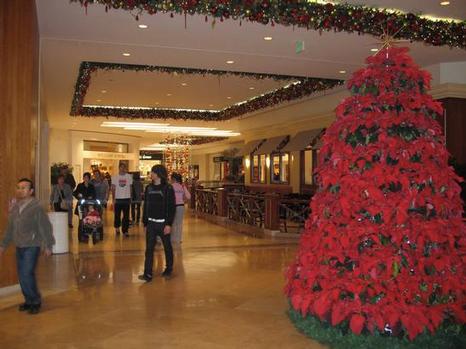After the tough 2008 holiday season, the worst holiday sales performance since the National Retail Federation began tracking sales in 1992, the retail trade group expects this year’s holiday sales to fall 1 percent to $437.6 billion.
That’s an improvement from 2008, when retail sales in November and December combined dropped 3.4 percent.
However the 1 percent estimated decline for 2009 is well below the 10-year average of 3.39 percent holiday season growth. It is better, though, than the 3 percent decline in retail sales expected for all of 2009.
NRF defines “holiday sales” as retail industry sales in the months of November and December. Retail industry sales include most traditional retail categories including discounters, department stores, grocery stores, and specialty stores, and exclude sales at automotive dealers, gas stations, and restaurants.
For many retailers, the holiday season can represent anywhere between 25-40 percent of annual sales.
“As the global economy continues to recover from the worst economic crisis most retailers have ever seen, Americans will focus primarily on practical gifts and shop on a budget this holiday season,” NRF Chief Economist Rosalind Wells said in a press release.






